Understanding the Enemy
BLD, a complex issue brought forth by LCM, poses a significant threat to Beech trees, capable of claiming a mature tree in as little as six years. The nematode, emerging from leaf tissue and seeking refuge in buds during winter, remains a subject of extensive research, with ongoing investigations into potential additional causal agents contributing to the disease’s development.
Victims of BLD
Both American Beech (Fagus grandifolia) and European Beech (Fagus sylvatica) stand vulnerable to the impacts of BLD. As we explore the symptoms, it becomes evident that no Beech tree is safe from the far-reaching impact of this silent predator.
Signs and Symptoms
PHOTOS: Left, leaf banding on American Beech, photo from Jim Chatfield, OSU Extension; middle, crinkled leaves on American Beech, photo from The Connecticut Agricultural Experiment Station; right, dead buds on American Beech, photo from The Connecticut Agricultural Experiment Station
Diagnosing BLD means spotting dark bands between veins on trees, which you can see by looking up at their canopies. As the disease gets worse, leaves become darker, thicker, and tougher. Over time, trees lose leaves and produce fewer buds and branches.
Spreading Shadows
BLD’s influence extends far and wide, establishing itself in Ontario, Canada, and sprawling across northern Ohio, Pennsylvania, Michigan, New York, Massachusetts, Connecticut, New Hampshire, Maine, and recently, Virginia. The threat is real, and its geographic reach continues to expand.
Distinguishing from Impostors
In the realm of look-alikes, Beech Leaf Curl Aphid may cause leaf distortion, but it pales in comparison to the overall health impact caused by BLD.
Navigating the Treatment Maze
As the threat looms large, the quest for effective treatments is underway. Research suggests potential strategies, including soil applications of phosphites in spring and foliar applications of Fluopyram in summer. Redding Nursery has been offering phosphite injections the last couple of years. We are waiting on trial results in order to evaluate the effectiveness of Flyopyram.
Cautionary Note
Despite promising insights, the jury is still out on the efficacy of these treatments. The research is ongoing, and there are no firm protocols for treatment yet. Results, while encouraging, are still preliminary, prompting a call for ongoing research collaboration with other experts.
Conclusion
As we navigate the intricate landscape of Beech Leaf Disease, the battle is far from over. The trees stand as silent witnesses to the ongoing research, trials, and collaborative efforts aimed at unraveling this botanical mystery. The future health of our cherished Beech trees hangs in the balance, awaiting the collective efforts of those who care. If you have a beech tree and are concerned about its health, please contact me. Together, let us strive to preserve the beauty of our wooded landscapes.

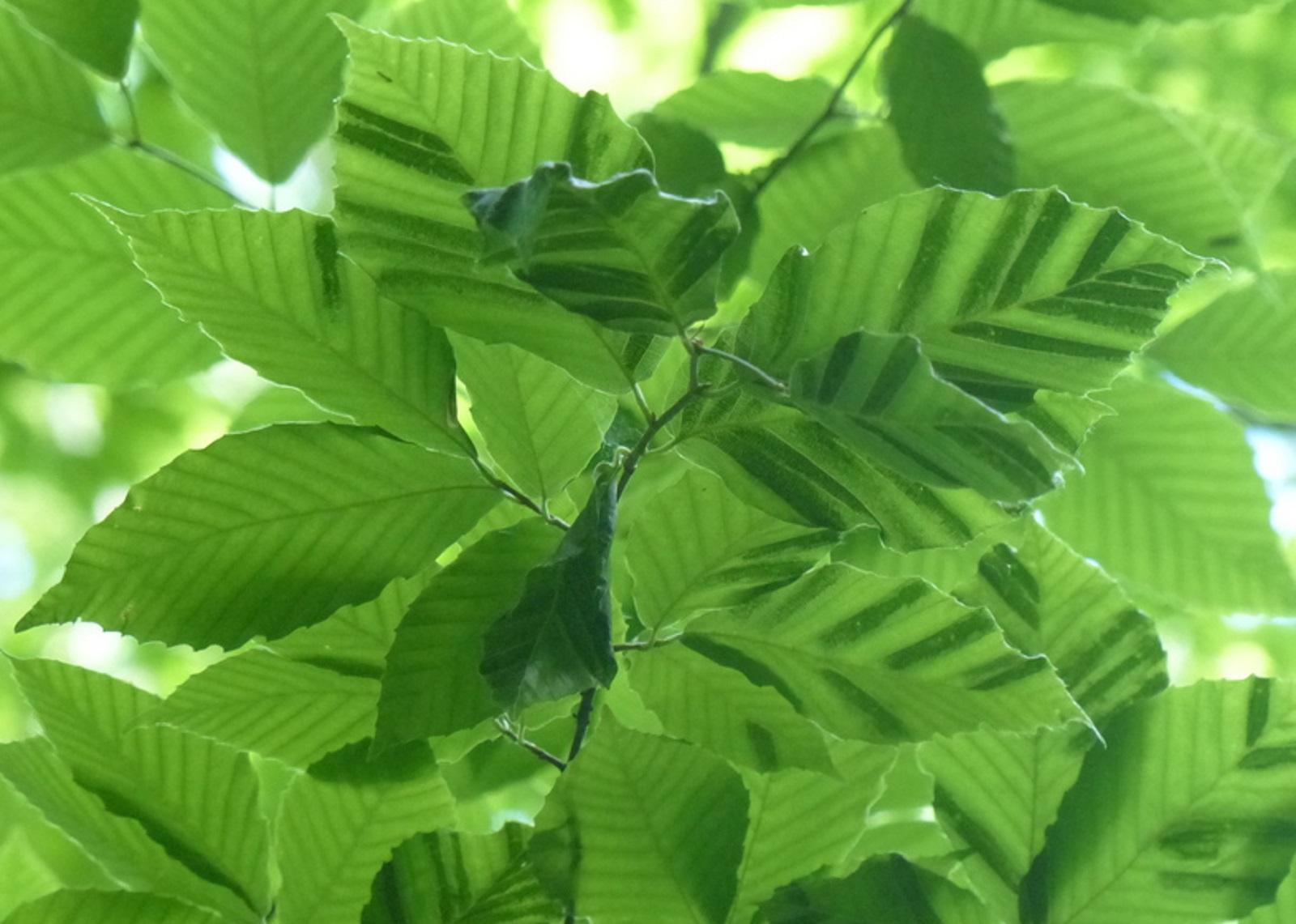
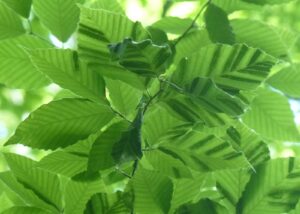
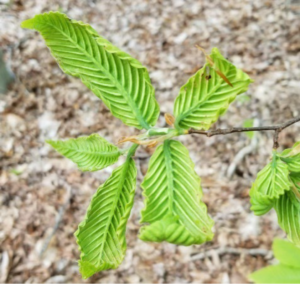
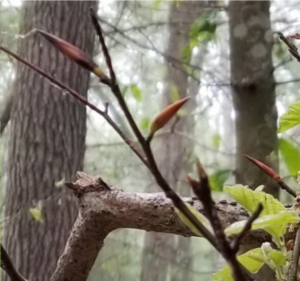
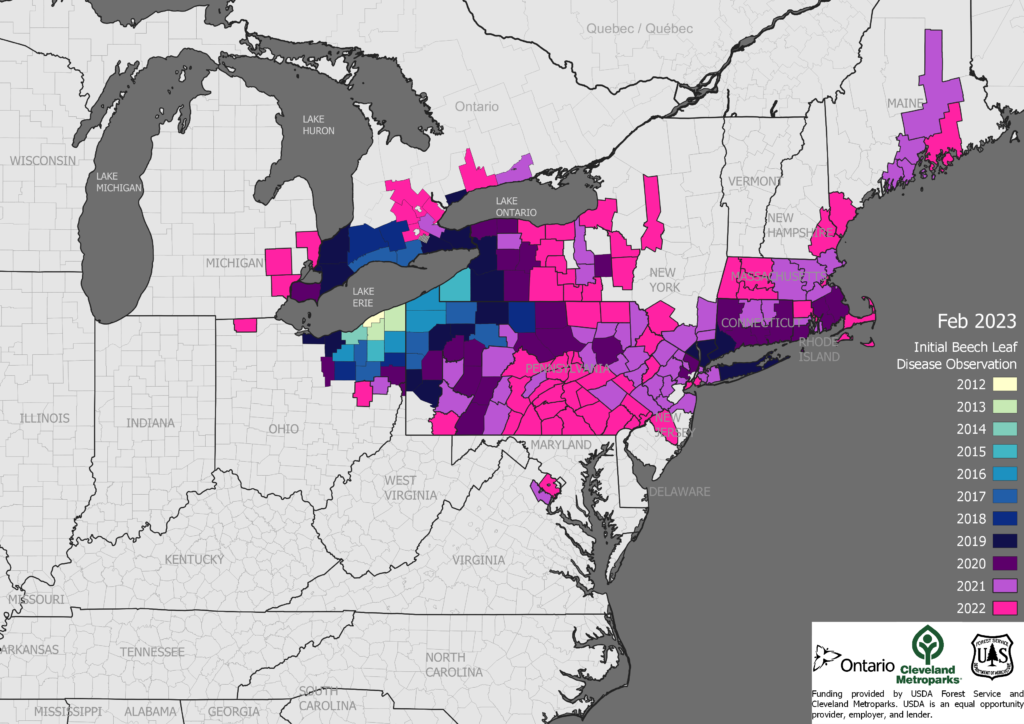
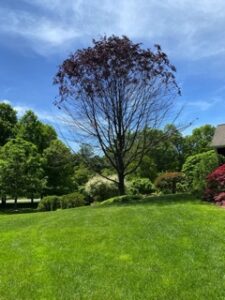
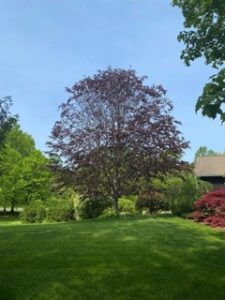
Recent Comments